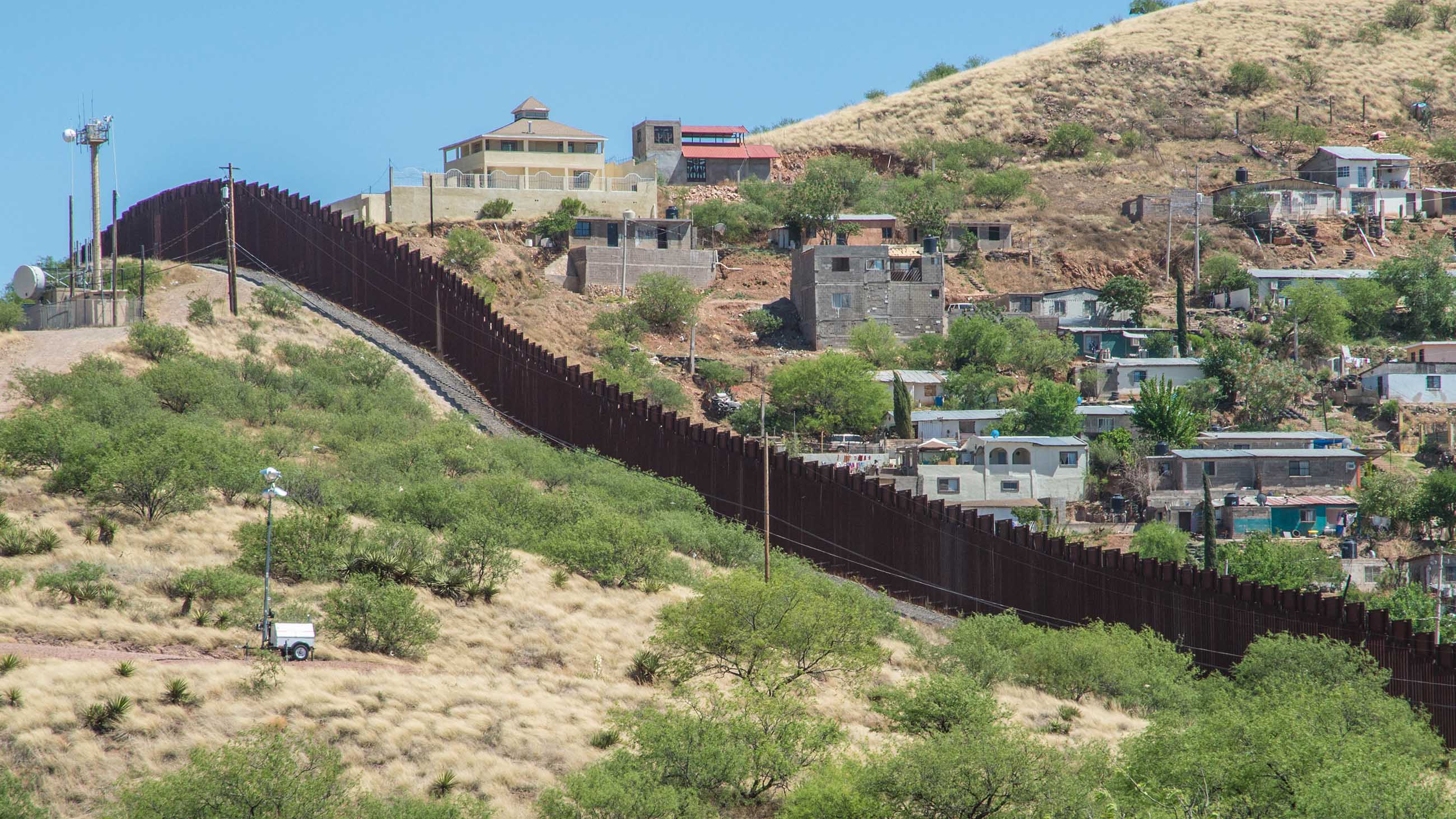Aside from its obvious goal of stopping illegal entry from Mexico into the U.S., the border wall proposed by Republican presidential candidate Donald Trump could also prevent a variety of animal species from migrating northward in response to a changing climate.
Marcia McNutt, president of the U.S. National Academy of Sciences and former head of the U.S. Geological Survey, touched on the issue Monday at a wide-ranging roundtable discussion in Washington on scientific collaboration between the two countries.
“When I was director of the USGS, we were asked by the Fish and Wildlife Service to look at the issue of ‘What does a fence along the U.S.-Mexico Border do to the ability of animals to migrate?’” McNutt said at the forum. “And my USGS scientists said ‘It’s not a good thing.’”
A barrier of the type often discussed by Trump and his supporters — much more than intermittent fencing — would cut through the habitat of more than 1,000 species, many of which are listed as globally or federally threatened. And many species have already been adversely affected by stretches of the U.S.-Mexico border that have been outfitted with barriers.
Newsweek reported on the issue earlier this year from a stretch of existing border fence along the Rio Grande Valley:
Before construction of the fence began in 2009, a list of species likely to be affected was prepared by the Texas Parks and Wildlife Department. It included 10 plants and animals on federal and state endangered lists, 23 on Texas’s threatened list and dozens of species of concern. But the wall went up anyway.
Species with small populations and specialized habitats have suffered the most from the disruption, says Jesse Lasky, an assistant professor of biology at Penn State. He co-authored a 2011 study reporting that the barrier reduced the range for some species by as much as 75 percent. Small range size is associated with a higher risk of extinction, and, according to the study, the wall puts additional stress on Arroyo toads, California red-legged frogs, black-spotted newts and Pacific pond turtles—all listed as endangered or threatened by the International Union for Conservation of Nature—and the jaguarondi, a small wildcat endangered in the U.S. and threatened in Mexico. Other research concluded that the barrier disrupts movements and distribution of the ferruginous pygmy-owl and bighorn sheep and could isolate small populations of large mammals in Arizona’s Sky Island region, including black bears and pumas. Such isolation reduces exchange of genetic material and makes the animals more vulnerable to disease.
Adding to the conundrum: Research has already shown that a variety of species will likely be forced to relocate as formerly stable habitats become unsuitable due to a warming planet. In the context of North America, studies suggest that will likely mean that a variety of mammals, birds, and amphibians will be moving northward in search of new ranges.
McNutt said that the Fish and Wildlife Service eventually brought an injunction against the U.S. Department of Homeland Security over fences along the border, but a solid wall would be an even more complicated affair. “Now, I’m trying to imagine what kind of report we would give to Homeland Security if we were asked to rule on a wall along the border,” she said.
As Newsweek noted, even when intermittent openings are provided to allow passage of wildlife, they are often too small for many species, or simply go unused.
The roundtable forum, which was held at the National Academy of Sciences headquarters, also delved into topics such as collaboration between the two countries on water issues, early science education, STEM education for women, and the role of scientific academies around the world.
“Science is a global enterprise, said Jaime Urrutia Fucugauchi, president of the Mexican Academy of Sciences, speaking at the forum. “But at the same time, science advances and innovation are widening the gap between the developed and the developing world. In this context the academies play a very important role in promoting and developing science.”
In a Q&A with Undark in August, McNutt said that one of the worst examples of politicians grappling with complex science was when the governor of Louisiana ordered sand berms to be built to protect the coastline from the Deepwater Horizon spill — this despite ample advide from scientists that the berms would be ineffective — and might even make things worse.
McNutt reflected on that spill again in Monday’s forum.
“I regret now that we didn’t involve Mexican scientists in our Deepwater Horizon active work,” she said. “This is our shared ocean. We need to work much more closely on this because Deepwater Horizon won’t be the last disaster we face in this body of water, and every opportunity is an opportunity to work together and learn from each other.”





